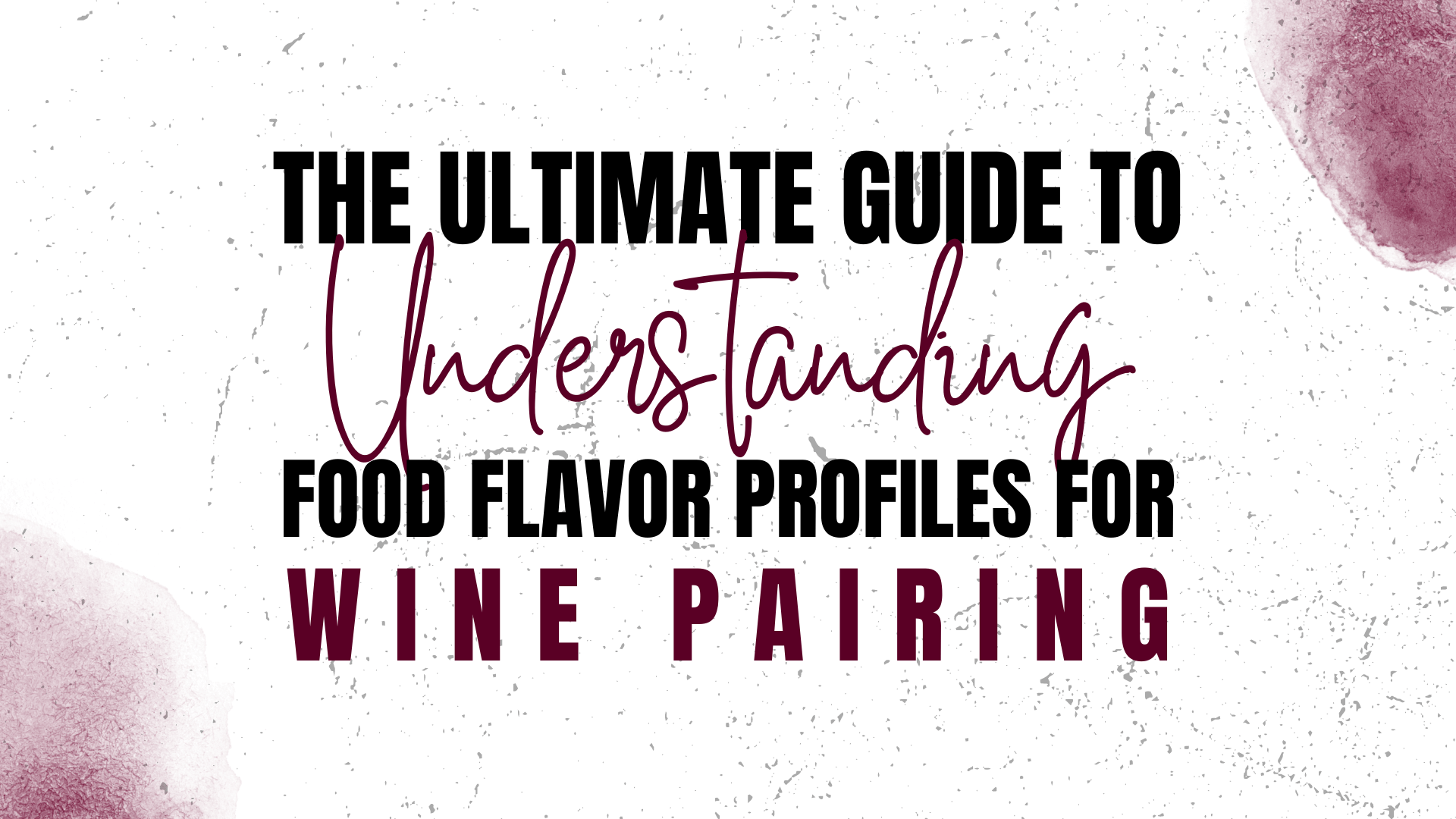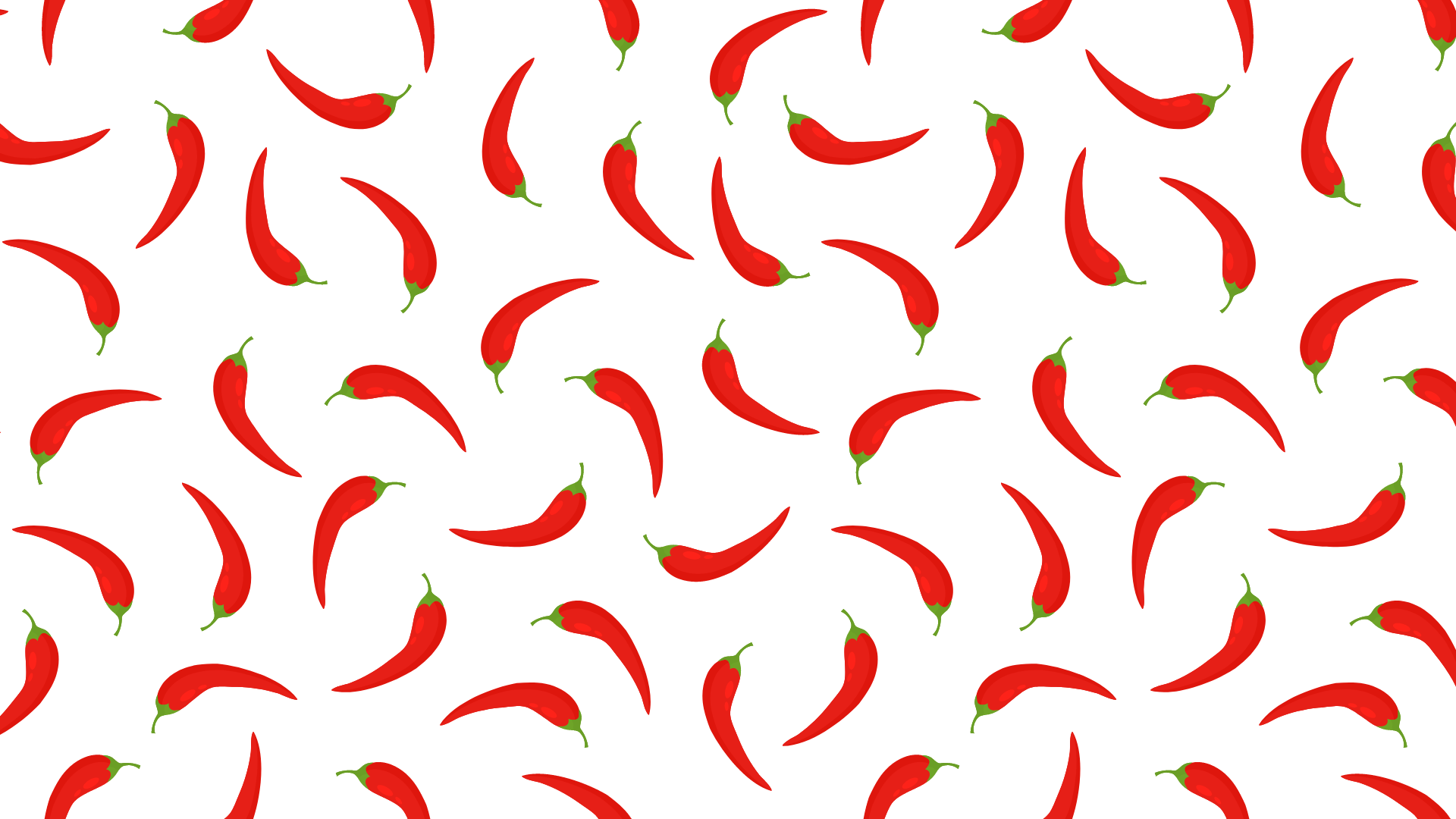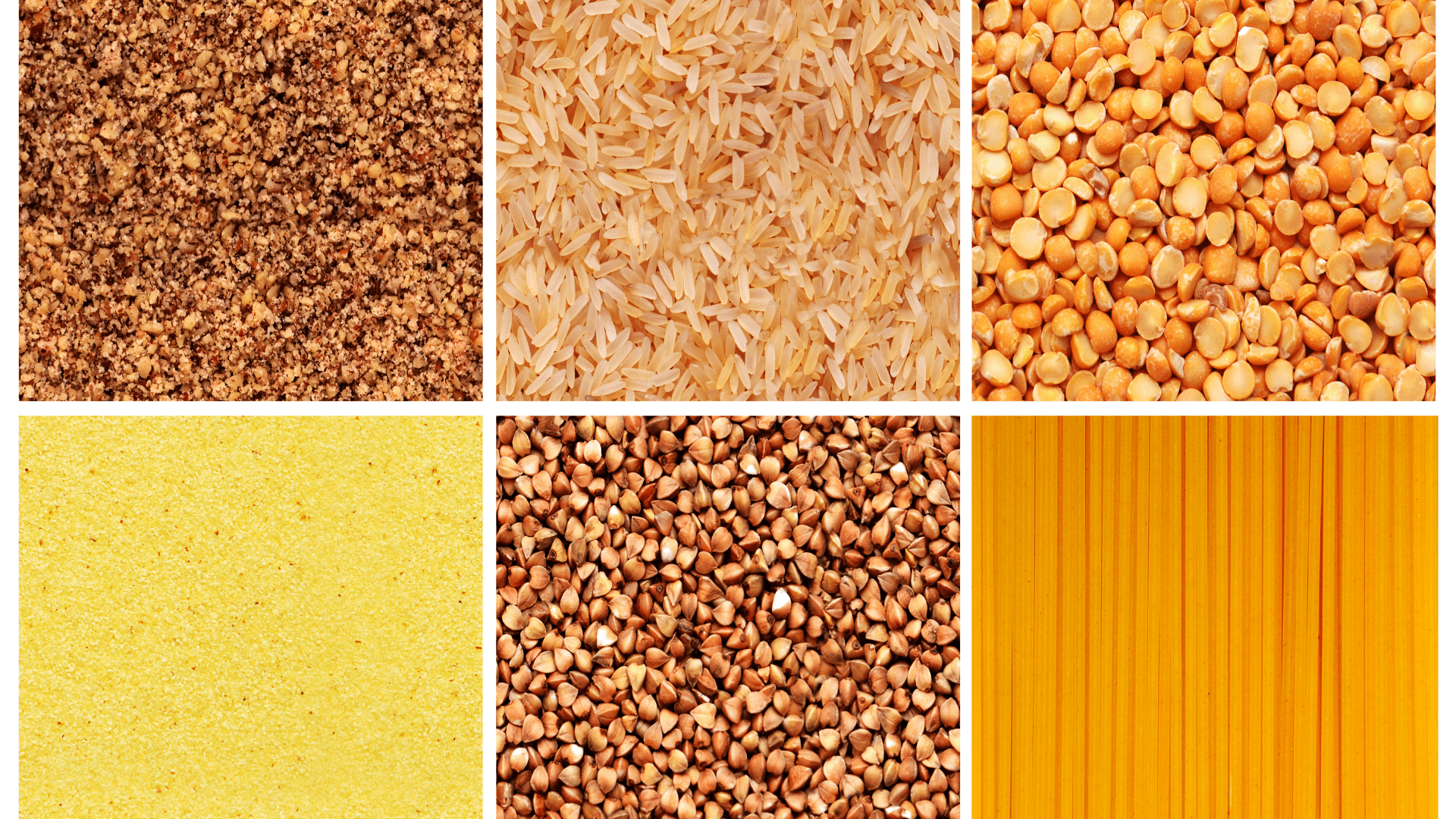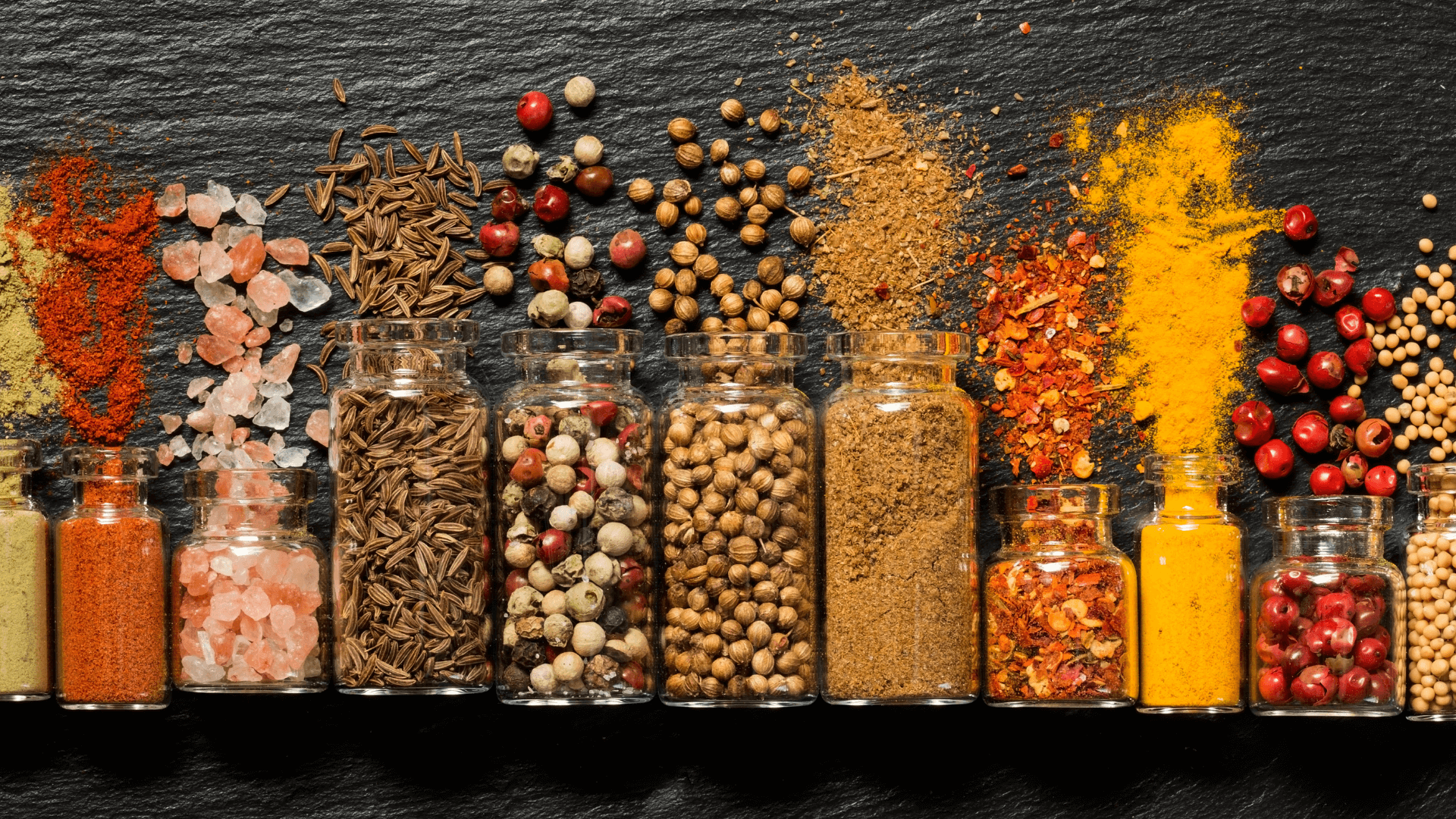Introduction
The art of wine pairing is not just about selecting the perfect wine to complement a dish but also understanding food flavor profiles to create a harmonious and memorable dining experience. In this guide, we will explore the different food flavor profiles, how they interact with wine, and provide examples of successful pairings.
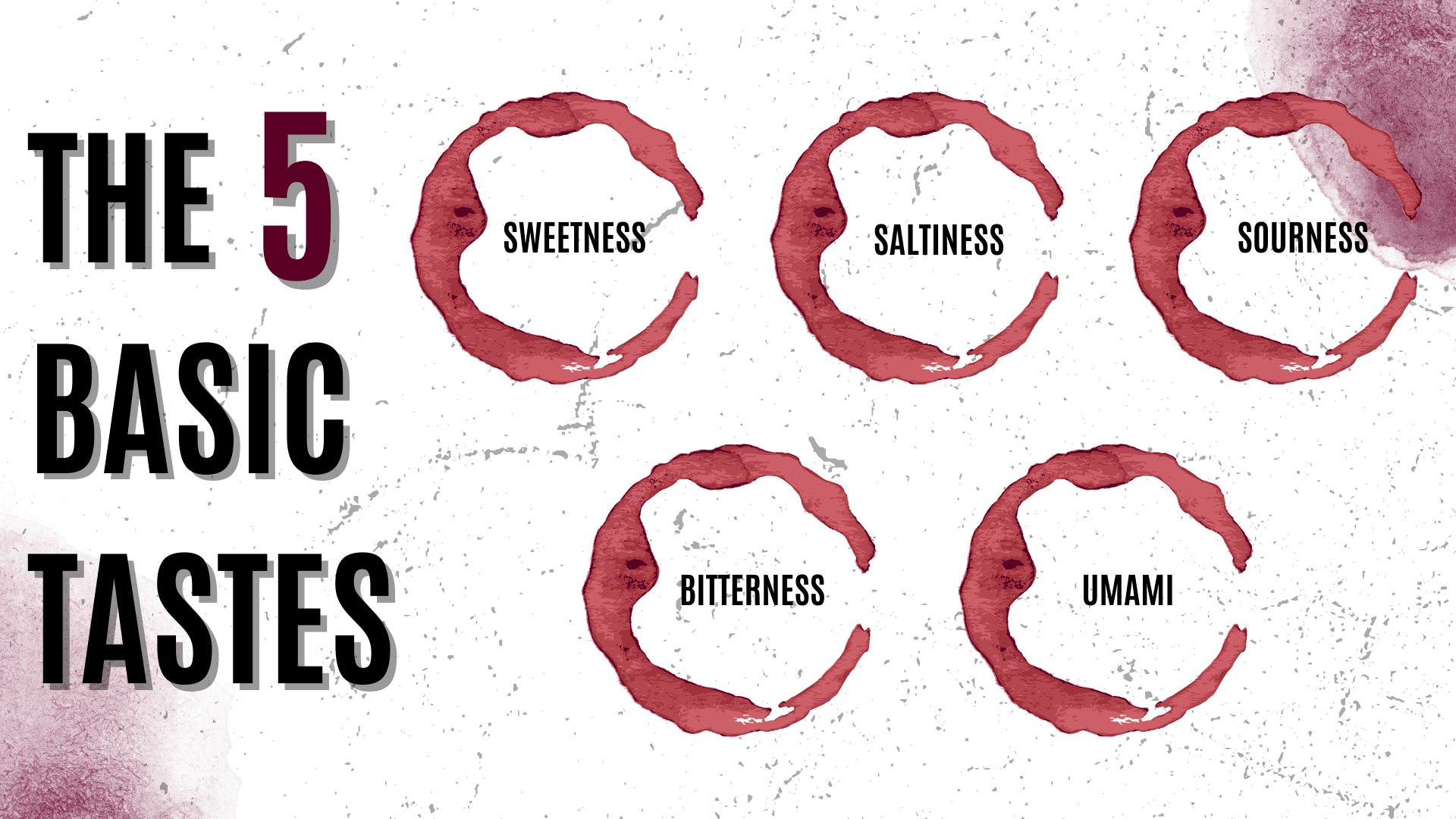
I. The Five Basic Tastes
A. Sweetness
Sweet foods, such as desserts or fruit dishes, require wines with an equal or higher level of sweetness to balance the flavors. Some ideal wine pairings for sweet foods include Sauternes, Moscato, and late-harvest Rieslings.
B. Saltiness
Salty foods, like cured meats or salty cheeses, can be balanced by wines with acidity, effervescence, or slight sweetness. Ideal wine pairings for salty foods include Champagne, sparkling wines, or off-dry Rieslings.
C. Sourness
Sour foods, such as dishes with vinegar or citrus, pair well with wines with high acidity to match the tanginess of the dish. Examples of ideal wine pairings for sour foods include Sauvignon Blanc, Chardonnay, or Albariño.
D. Bitterness
Bitter foods, like dark chocolate or bitter greens, can be challenging to pair with wine. However, selecting a wine with complementary bitter notes or contrasting sweetness can create an enjoyable pairing. Try pairing bitter foods with red wines like Cabernet Sauvignon, Barolo, or Amarone.
E. Umami
Umami-rich foods, such as mushrooms, aged cheeses, or soy sauce-based dishes, can be paired with wines that offer earthiness, minerality, or a touch of acidity. Ideal wine pairings for umami foods include Pinot Noir, Chardonnay, or a bold red like Syrah.
II. The Role of Spiciness in Food and Wine Pairing
- Understanding the heat levels of spicy foods is crucial for finding the right wine pairing. Wines with lower alcohol content, higher acidity, or a touch of sweetness can help to cool the heat and enhance the flavors of the dish.
- Some successful wine pairings for spicy dishes include off-dry Riesling, Gewürztraminer, or a fruity rosé.
III. Textures and Mouthfeel in Food and Wine Pairing
- The texture of food and wine is an essential aspect of creating a successful pairing. Pairing wines and foods with similar textures can create a harmonious experience, while contrasting textures can add interest and complexity.
- For example, pairing a creamy pasta dish with a rich, buttery Chardonnay can create a delightful harmony, while contrasting a crisp, acidic white wine with a rich, fatty dish can provide a refreshing balance.
IV. Aromatic Food Flavors and Wine Pairing
- Aromatic food flavors, such as herbs, spices, or floral notes, can have a significant impact on wine pairing choices. Matching the aromatics in both the food and wine can create a beautiful synergy between the two.
- For instance, pairing a dish with rosemary or thyme with a herbaceous Sauvignon Blanc can create a delightful harmony of flavors. Similarly, a floral Viognier can pair beautifully with dishes featuring aromatic spices like saffron or cardamom.
V. Regional Cuisine and Wine Pairing
The concept of “what grows together, goes together” suggests that regional cuisine often pairs well with wines from the same region. This is because both the food and wine share similar flavor profiles, soil, and climate influences.
A. Pairing with Italian Cuisine
Italian cuisine is diverse, with regional dishes featuring a wide array of flavors and textures. When pairing wines with Italian cuisine, consider the primary ingredients and the intensity of the flavors. For example, acidic tomato-based dishes can be paired with high-acid wines like Sangiovese, while rich, creamy pasta dishes can be complemented by a full-bodied white like Chardonnay. Pizza, with its rich and savory toppings, often pairs well with versatile red wines such as Barbera or Nero d’Avola.
B. Pairing with French Cuisine
French cuisine is known for its elegance and finesse, which makes pairing wines with French dishes an exciting challenge. Classic French dishes often feature delicate sauces, so look for wines that will not overpower the dish’s flavors. A white Burgundy can be a great match for dishes like Coq au Vin, while a rich Bordeaux can complement a hearty Boeuf Bourguignon. For lighter fare like Salade Niçoise, consider a refreshing Rosé from Provence.
C. Pairing with Asian Cuisine
Asian cuisine encompasses a wide range of flavors, from spicy to sweet and sour. When pairing wines with Asian dishes, look for wines that can handle the intense flavors and spiciness. Off-dry Rieslings and Gewürztraminers work well with spicy dishes, while a fruity Pinot Noir can complement a savory stir-fry. Sushi and sashimi pair well with crisp, clean white wines like Sauvignon Blanc or an unoaked Chardonnay.
D. Pairing with Mexican Cuisine
Mexican cuisine features bold flavors, including spicy, smoky, and tangy elements. When pairing wines with Mexican dishes, look for wines that can stand up to the robust flavors without overwhelming them. A fruity and slightly spicy Zinfandel can be a great match for dishes like enchiladas or carne asada, while a crisp and citrusy Sauvignon Blanc can complement ceviche or fish tacos. For spicier dishes, consider a slightly sweet and refreshing Moscato.
Conclusion
Understanding food flavor profiles is essential to creating successful wine pairings that enhance the dining experience. By considering the basic tastes, spiciness, textures, aromatics, and regional influences, you can select the perfect wine to complement your dish.
Keep in mind that wine and food pairing is a personal and subjective experience, and experimentation is key. Don’t be afraid to try new combinations and find pairings that suit your taste preferences. Happy pairing!
Frequently Asked Questions
The basic tastes to consider when pairing food and wine are sweetness, sourness, saltiness, bitterness, and umami (savory).
Spiciness can be balanced with wines that have lower alcohol content and higher sweetness, such as off-dry Riesling or Gewürztraminer.
The texture of the food is essential, as it can influence how the wine feels in the mouth. Pairing foods with similar textures, such as a full-bodied wine with a rich dish or a light-bodied wine with a delicate dish, can create a harmonious experience.
Yes, the aromatics of a dish can play a significant role in choosing a wine pairing. Look for wines with complementary or contrasting aromatic profiles to enhance the overall sensory experience.
Regional cuisine can provide clues to successful wine pairings, as wines from the same region often complement the local ingredients and flavors. Pairing regional wines with their respective cuisines can be a great starting point for beginners.
There isn’t a one-size-fits-all method for pairing food and wine, as individual tastes and preferences can vary. The best approach is to experiment with different combinations and find pairings that suit your palate.


